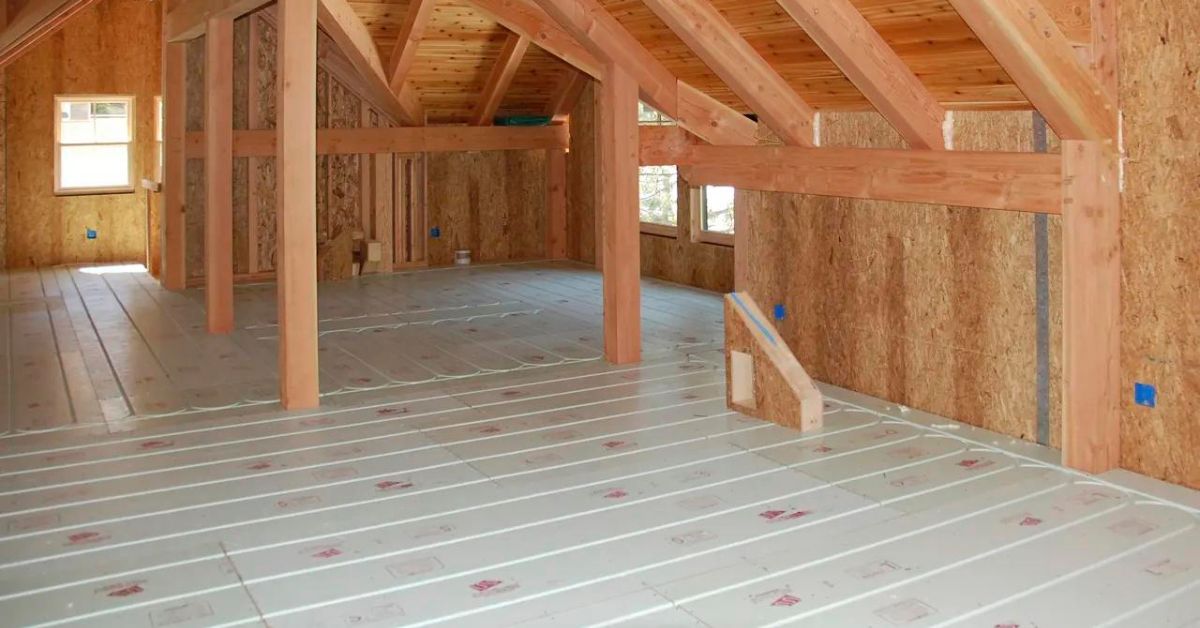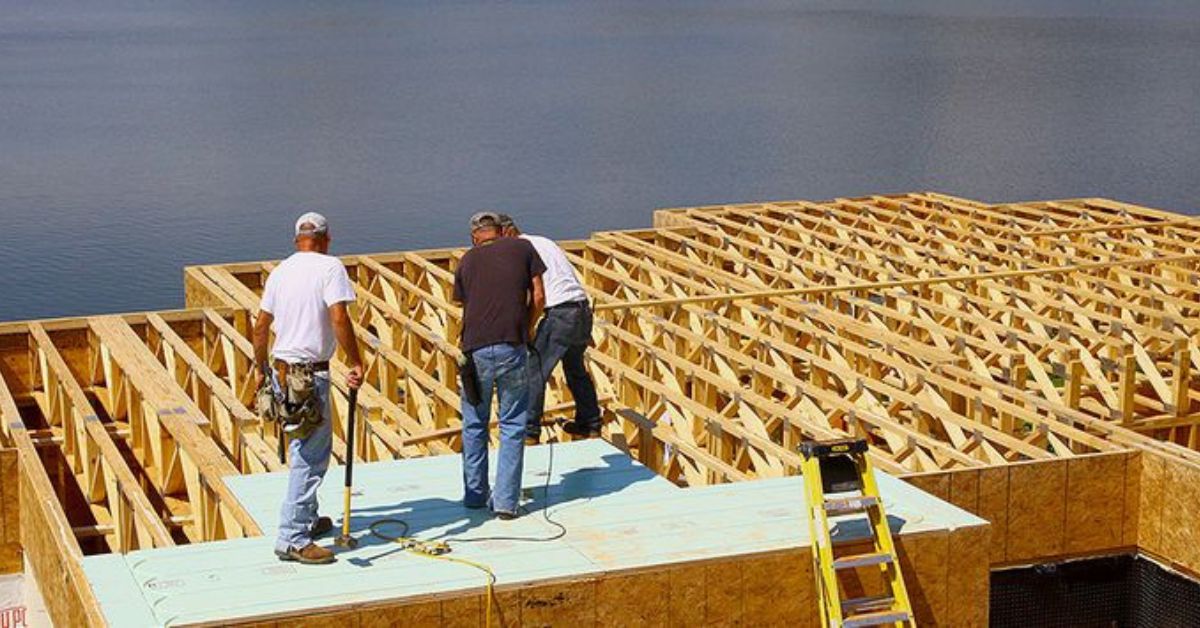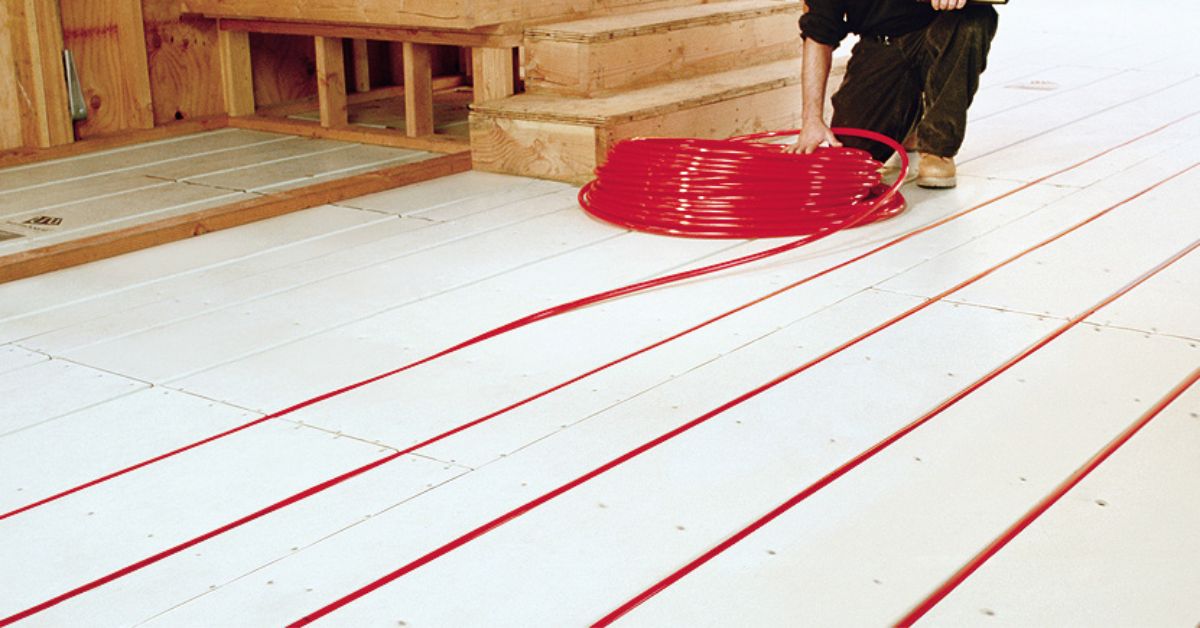Cosmetic upgrades to a home can feel never-ending. There are so many styles, options, materials, and inspiration that it often leaves homeowners feeling overwhelmed. Similarly, if you’re looking to change or upgrade your homes’ heating system, it’s no longer a straightforward answer of installing a new HVAC system. Changing technology means that homeowners’ can weigh energy-efficient options to replace their existing heating systems. In floor heating is one sustainable option for homeowners. As cold weather approaches and you consider in-floor heating, it’s important to know how to choose a radiant floor heating system that’s right for you and your home.
Floor Heating Systems for any of home type
Each type of home heating system will have its pros and cons, certainly. Forced air heating continues to be the most common method for heating a home. Radiant floor heating may be on the rise, but there are some options to consider before pulling the plug on forced air.

Traditional Heating vs Radiant Heat
Forced air heating is so commonplace and accepted, that we don’t even stop to think objectively about it. There is one thermostat in the middle of the house that determines the temperature of the entire house. Loud fans blow hot air into the home until that one thermostat reaches the desired temperature. After about 20 minutes, the heat dissipates, the fans kick back on, and the cycle repeats.
If you’re near the thermostat, you’re comfortable (aside from the loud fans kicking on and off constantly). But if you’re in another room you may still be too cold. If you’re upstairs, you may be far too hot. And at night, kicking the blankets off and on while the fan turns off and on is normal.
Radiant heat provides consistent, complete warmth that feels the same no matter where you’re located in a given room. Effectively, it creates “everywhere” warmth, with multiple thermostats precisely controlling the temperatures in each area of your home. What’s more, there’s no duct work involved. Homeowners can do-away with noisy channels, leaky systems, and lost hot air. This can help maximize savings as you look to switch from traditional home heating to radiant heat.
Different Types of Radiant Heat
We know that there are large benefits in switching from traditional to radiant heat systems. But within the realm of radiant heat, what should homeowners know? First and foremost, there are different types of radiant heating systems. If we think of radiant heat as a method for heating a space, much like the way the sun heats skin on contact, then we should consider how this heat is dispersed through the home.
Heating from the ground up starts with either electrical wires or water tubes that transfer hot water from a boiler. The former being electric radiant heat and the latter called hydronic radiant heat. There are a few things to consider before choosing:
1. Electrical Radiant Heat May Not Be a Complete System
Electric radiant heating systems rely on the network of cables installed beneath the floor, and is primarily used for “floor warming”. Electricity isn’t cheap (check local energy codes before installing), so maintaining and operating these systems can be quite expensive. For this reason, electrical radiant heat is often limited to a small area (bathroom) and run in conjunction with an existing heat system, like forced air, which acts as the primary heat source.
2. Hydronic Radiant Heat Can Provide a Whole Home Heating
Hydronic radiant works completely differently than the electrical counterpart. With hydronic, PEX tubing uses boiler-heated water to circulate under a desired floor covering like tile, stone, hardwood, luxury vinyl and more. The output of most hydronic systems is significant, and the energy savings can be sizeable. Because of this, many homes can rely on hydronic radiant as the sole heat source for their home.

Hydronic Radiant Heat In Detail
In an article run in Bob Vila there are some specifications you should consider when selecting your hydronic radiant heat system. For one, the design of the hydronic subfloor panel plays a crucial role in how the system will operate successfully. The materials used should heat up relatively quickly and efficiently to help disperse the heat sooner and retain that heat for longer.
As Bob Vila article mentions: “For greater responsiveness—and even additional savings—consider a system like Warmboard, which has panels built with quick-to-respond aluminum, a material 232 times more conductive than sluggish gypsum concrete. In fact, aluminum transfers heat so effectively that the Warmboard system can achieve a target temperature with water 30 degrees cooler than would be required by another system. By lightening the load for the boiler, aluminum-clad panels can save the homeowner 10 to 20 percent on energy costs—and that’s in addition to the savings achieved by choosing radiant heat in the first place.”

Choosing the best floor heating system
We know that hydronic radiant floor heating systems provide an eco-friendly, energy efficient method for creating heat within a home. They provide sustainable energy and reliable heat for every room.
Warmboard Comfort System
Floor heating systems are the future, but what areas of a home are prime for this technology? Warmboard systems were designed to provide homeowners the control for room-by-room temperatures. We offer a whole home heating solution, designed to provide comfort beneath every square inch of your house, with life-long energy savings as well.If you choose to work with Warmboard, we provide solutions whether you’re building a custom home or remodeling an existing space. We’ll work with you to provide recommendations on the best products and options for your radiant floor home heating project. Our mission is to simplify the floor heating installation process from start to finish.
Learn more about how to get started with Warmboard.
Related blog posts